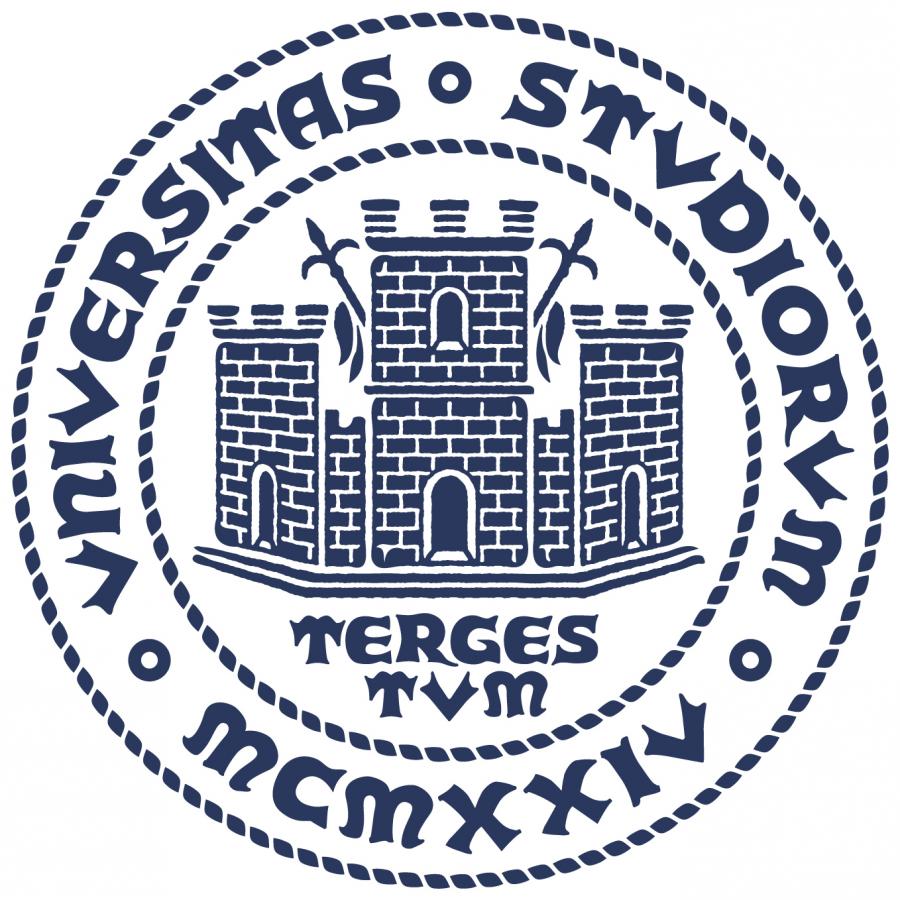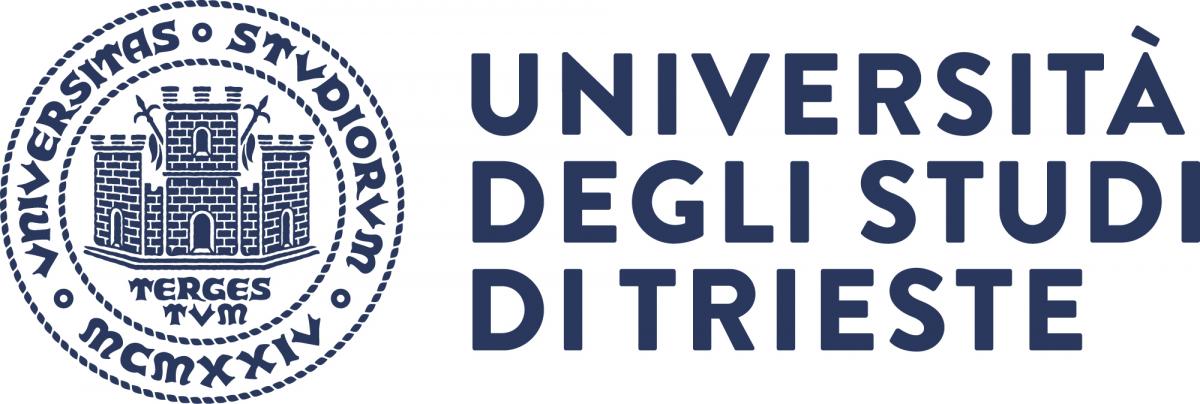- Home
- Dipartimento
- Ricerca
- Didattica
- Corsi di laurea
- Corsi di studio
- Informazioni agli studenti
- Elenco insegnamenti - Programmi d'esame
- Archivio Elenco Insegnamenti - Programmi
- Orario delle lezioni e Calendario didattico
- Bacheca appelli Guida Online
- Calendario lauree
- Informazioni specifiche Calendario lauree
- Segreteria studenti
- Bandi
- Collegio universitario Luciano Fonda
- Mobilità internazionale
- Premi di studio
- Orientamento
- Sbocchi professionali
- Stage e tirocini
- Modulistica di Ateneo
- Post Lauream
- Servizi e strumenti
- Trasferimento della conoscenza
Seminario "The Econometrics of Wine / L'econometria del vino" - prof. Giovanni Millo, 11/07/2022 - ore 15, Online Microsoft Teams
Tipologia evento:
home
Sede:
Trieste
Relatore: prof. Giovanni Millo, DEAMS
Abstract
The quality of wine can be measured in many ways. Generally, wine evaluation is based upon sensorial analysis of wine experts who assign subjective ratings. Another way of measuring the quality of wine is through market prices. For entire vintages of one wine quality, sometimes the governing body (consortium) of the local wine makers issues a quality assessment, e.g. every year the Brunello Consortium issues a one to five star evaluation of the current vintage.
The assessment of a vintage is generally needed much earlier than actual tasting becomes possible, both for reasons of marketing and of pricing; especially so in the case of the finest wines, whose future contracts are regularly traded on international markets. This time lag is particularly long in the case of the finest reds. Every vintage of the Brunello di Montalcino, for example, ages for a total of five years in barriques and then in bottles before being put on the market.
The climate during the year, through the growing season in the Winter, the ripening of the grapes in the Summer and the harvesting during the Fall, is well known to influence a vintage's quality. Ashenfelter has famously employed data on rainfall and sunshine through the seasons to predict the quality of current crops. More recently, these models have been employed to assess the effects of climate change on future crops and vintages.
We will review some well-known approaches to the econometric evaluation and prediction of fine wines' quality, replicating some results of the original applications on Bordeaux wines, before setting out to present our own original application of an Ashenfelter-style model to Brunello di Montalcino, including an extension to panel data methods by considering the ratings of different producers.
Luogo:
Promotore:
DEAMS - prof.ssa Barbara Campisi
Ultimo aggiornamento: 11-07-2022 - 12:49



